International
The trunks of the Saharawi return that stayed in the Tinduf camps
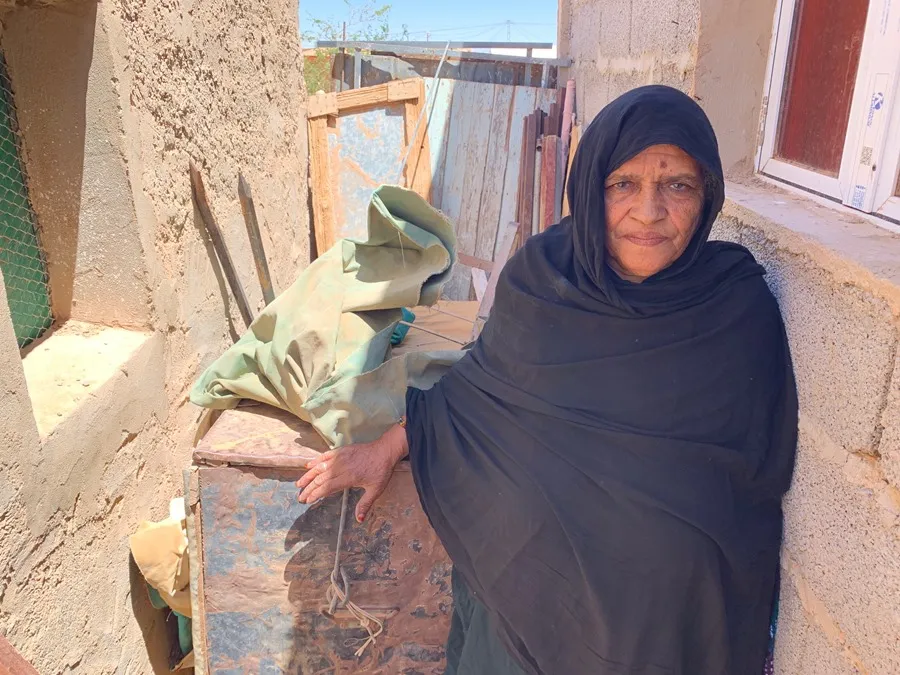
Like all Saharawi refugees, Mestehia Jatri used the zinc sheets that make the roof in the houses of the camps of Tinduf, Algeria, to build her return trunk that would fill with bedens to return in 1992 to her native Western Sahara.
They never returned, but he keeps the ark in the yard of that frustrated longing.
“When they told us (that the referendum was agreed and close to being held) we were very happy and all the families began to assemble the trunks of the return. In each jaima you saw one,” he tells EFE Mestehia in front of his own that contained “that happiness of returning home.”
The trunks that the families kept represented for years in the camps the expected return of the refugee and the promises of independence but, while hope moved away, the needs for a life in exile increased. Most had to recycle the zinc sheets to re-make the roofs.
“Eight years after setting up our return trunk, we recycled it again and there are its veneers,” says the roof of one of his rooms Fatimetu Hamed, a neighbor of Mestehia.
“The UN has lied to us and left us here as refugees forever,” Fatimetu conveys a feeling of frustration.
Mestehia was born in 1953 in the town of Guelta, in the then Spanish Sahara, and today resides in Smara, one of the five camps built in the Algerian desert in 1975 to house those fleeing violence. Her husband died in the war between the Polisario Front and Morocco in the 1980s.
Like all refugee camps, temporarily provided for being a status that is expected to be transitory, it lacks infrastructure, industries, and its approximately 173,000 inhabitants subsist mainly from humanitarian aid in an environment of adverse climatic conditions.
The Polisario Front, a movement that fights for the independence of Western Sahara, manages these camps from Rabuni, a site that houses the institutions and where the international cooperative members who work throughout the humanitarian network reside without which they could not survive.
“The Saharawis are refugees for a political cause, they are here because their land is occupied and because the UN has not yet fulfilled its promise to resolve their conflict by holding the referendum,” says in an interview with EFE Buhubeini Yahya, president of the Saharawi Red Crescent, the main humanitarian organization in the camps.
“The humanitarian situation is very serious and is in a continuous deterioration due to the fall in funds,” says Yahya, who lists the cuts in the basic basket or the increase in the levels of malnutrition and anemia among women and children.
It foresees a few months of red alert “if the contributions of the donor countries are not increased.”
It was the year 1991 when Mestehia built his trunk shortly after the ceasefire that gave a truce to 15 years of war, since Spain withdrew in 1975 from its former colony and Morocco entered to control the territory that it now maintains under its dominion.
January 26, 1992 was the date set to hold a referendum of self-determination, eternally postponed.
The call was suspended due to the discrepancies between the parties – Polisario Front and Morocco – about the census and the lists of people eligible to vote. Despite the attempts of the UN and its established mission to organize and supervise the vote (MINURSO), there has been no agreement since then.
Morocco later definitively dislinked and in 2007 presented to the UN its proposal for autonomy within the Moroccan borders to resolve the conflict, a proposal praised by its main ally, France, and lately supported by the Spanish Government.
However, the Polisario categorically rejects it and maintains its commitment to the vote.
“We were very happy to hear that news (in 1991). The feeling of returning home and to our land, to reunite with our relatives who stayed in the Western Sahara,” Mestehia recalls.
They filled the trunks with food, clothes and the few possessions they had in humble jaimas, more designed to cope with the way back; but there was no return: “The trunks stayed here,” he says.
One more year, International Refugee Day has passed but the return continues to fly over the camps: “It is true that at another time it was much closer, but we continue to firmly believe that independence will come, as long as we continue to breathe and live, that dream will remain,” Mestehia sighs.
Central America
Senator Van Hollen Meets with Deported MS-13 Member in El Salvador; Trump and Bukele React
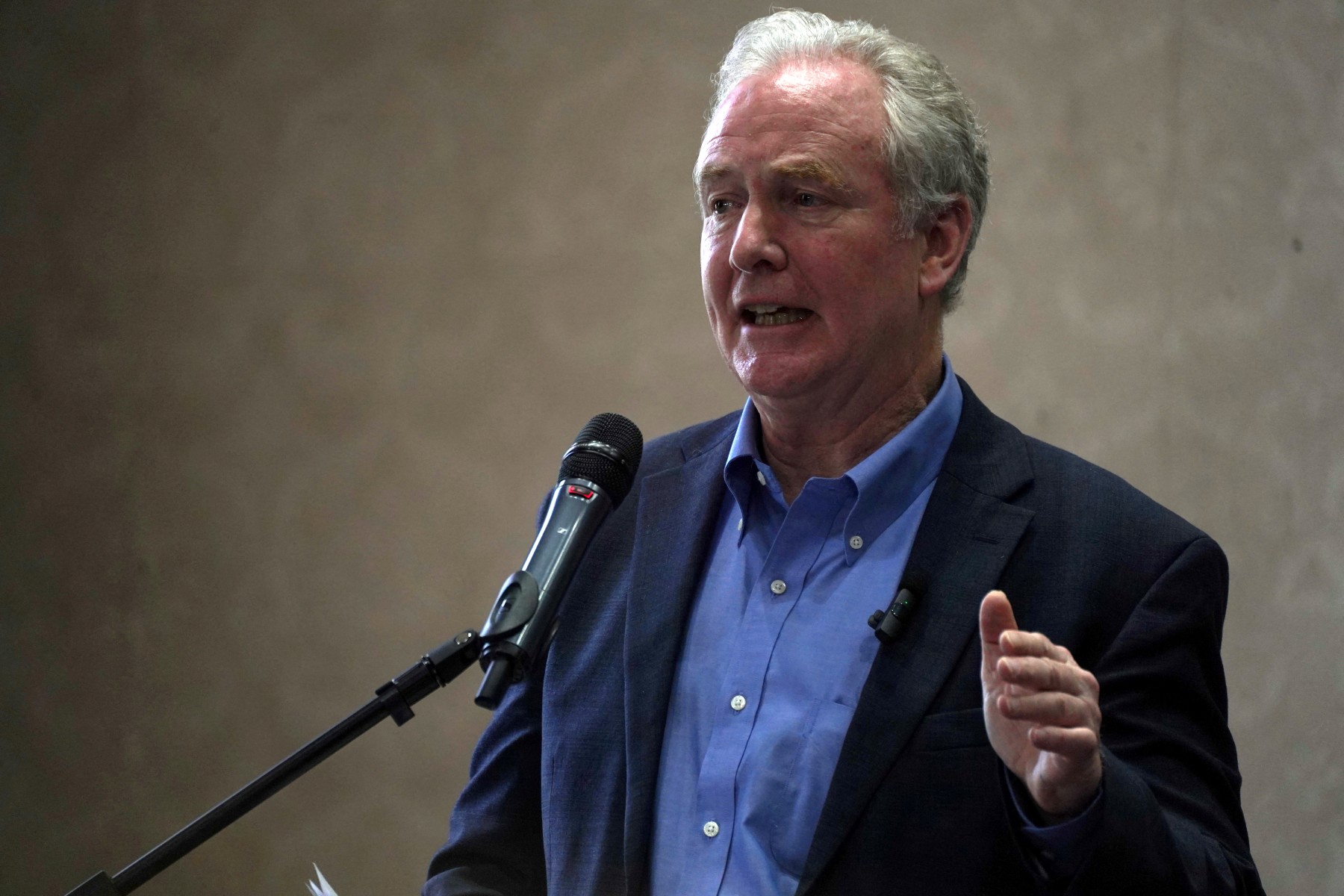
U.S. Democratic Senator Chris Van Hollen, representing the state of Maryland, held a meeting in El Salvador with deported MS-13 gang member Kilmar Ábrego García, a member of the criminal group classified by the U.S. government as a terrorist organization.
“Kilmar Ábrego García, miraculously resurrected from the ‘extermination camps’ and ‘torture chambers,’ now sipping margaritas with Senator Van Hollen in the tropical paradise of El Salvador!” wrote President Nayib Bukeleon X (formerly Twitter), sharing photos of Van Hollen, Ábrego García, and a lawyer sitting together at a Salvadoran hotel.
The deported gang member is seen wearing a plaid shirt and a flat-brimmed cap, seated at a table with glasses and coffee cups. The senator also shared images of the meeting on his own social media accounts.
Bukele reaffirmed that Ábrego will remain in El Salvador and will not be returned to the United States.
“Now that his health has been confirmed, he has earned the honor of remaining under the custody of El Salvador,” Bukele added.
Former U.S. President Donald Trump criticized the senator’s meeting with Ábrego on Truth Social, calling Van Hollen “a fool” for advocating for Ábrego’s return to the U.S.
International
Pope Francis Appears for Easter Blessing, Calls for Peace and Religious Freedom
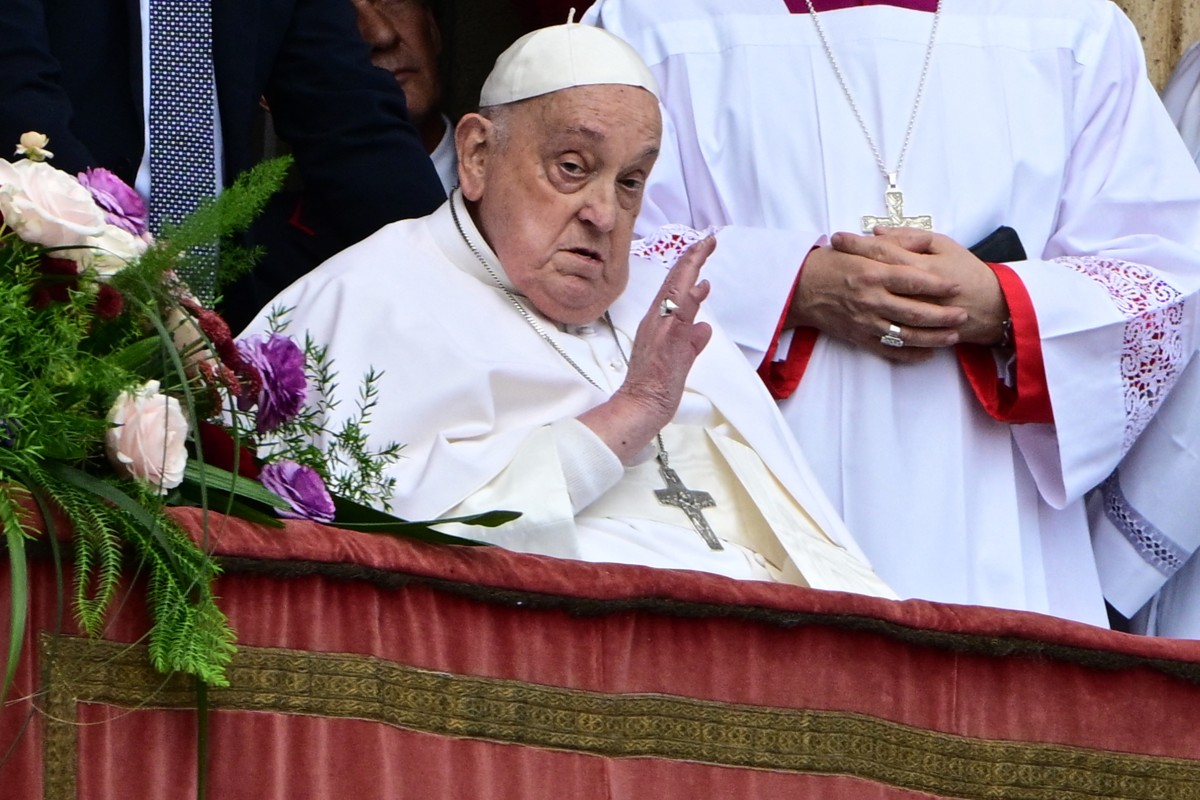
Pope Francis, still recovering from pneumonia, appeared on the balcony of St. Peter’s Basilica in the Vatican on Easter Sunday and, with a faint voice, wished a “Happy Easter” to the thousands of faithful gathered to celebrate the Resurrection of Christ.
A month after being discharged from a lengthy hospital stay, the presence of the 88-year-old pontiff had remained uncertain, with the Vatican not confirming his attendance ahead of time.
Eventually, the pope made a brief appearance in a wheelchair shortly after 12:00 p.m. (10:00 GMT) to deliver his traditional “Urbi et Orbi” blessing (“to the city and to the world”).
Although no longer wearing an oxygen cannula, the Argentine Jesuit relied on a close aide to read his Easter message, which touched on major global conflicts.
Francis condemned the “dramatic and unworthy humanitarian crisis” in Gaza and called for a ceasefire, while also expressing concern over the “growing climate of antisemitism spreading across the globe.”
He further emphasized the importance of religious freedom and freedom of thought, stating that without mutual respect, “peace is not possible.”
International
Thousands rally nationwide against Trump’s threat to U.S. democracy

Thousands of protesters gathered on Saturday (April 19, 2025) in major cities like New York and Washington, as well as in small communities across the United States, in a second wave of demonstrations against President Donald Trump. The crowds denounced what they view as growing threats to the country’s democratic ideals.
In New York City, demonstrators of all ages rallied in front of the Public Library near Trump Tower, holding signs accusing the president of undermining democratic institutions and judicial independence.
Many protesters also criticized Trump’s hardline immigration policies, including mass deportations and raids targeting undocumented migrants.
“Democracy is in grave danger,” said Kathy Valyi, 73, the daughter of Holocaust survivors. She told AFP that the stories her parents shared about Adolf Hitler’s rise to power in 1930s Germany “are happening here now.”
In Washington, demonstrators voiced concern over what they see as Trump’s disregard for long-standing constitutional norms, such as the right to due process.
-
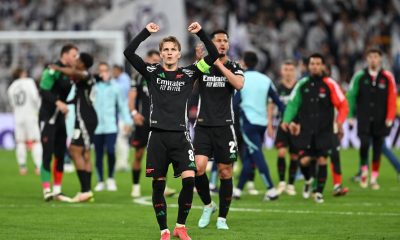
 International5 days ago
International5 days agoArsenal stun Real Madrid at the Bernabéu to reach Champions League semifinals
-
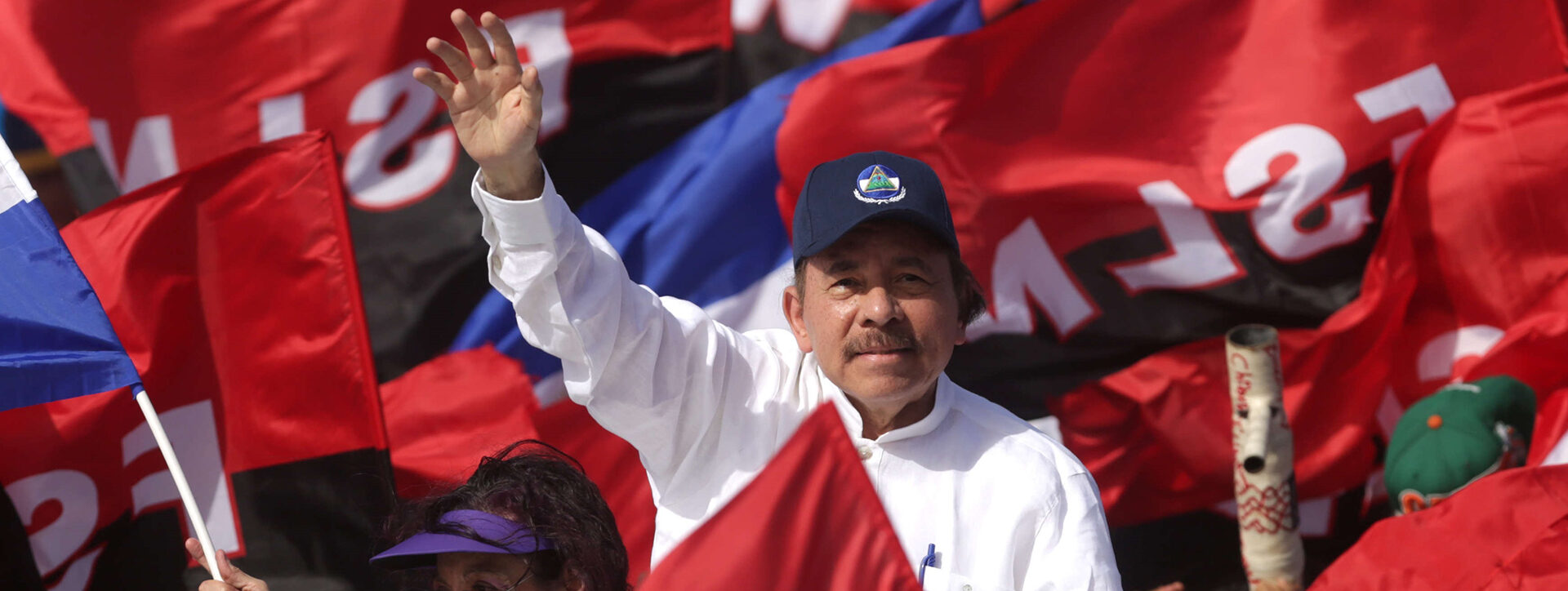
 Central America4 days ago
Central America4 days agoNicaraguan Exiles to Mark 7th Anniversary of 2018 Protests with Global Commemorations
-
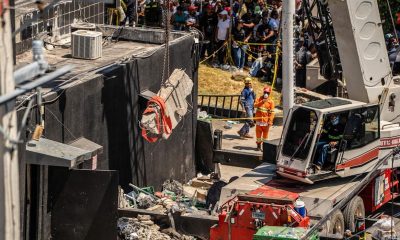
 International4 days ago
International4 days agoDominican ‘False Hero’ Arrested for Faking Role in Nightclub Collapse That Killed 231
-
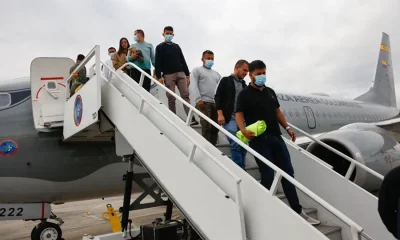
 International3 days ago
International3 days agoACLU seeks emergency court order to stop venezuelan deportations under Wartime Law
-
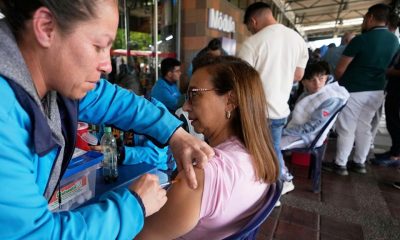
 International5 days ago
International5 days agoBogotá residents line up for yellow fever vaccine amid national alert
-

 Central America3 days ago
Central America3 days agoUN complaint filed against Costa Rica over detention of migrant children
-
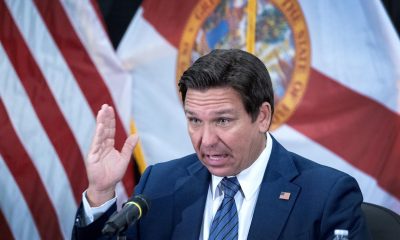
 International5 days ago
International5 days agoDeSantis’ immigration crackdown sparks alarm in Venezuelan Communities in Doral
-
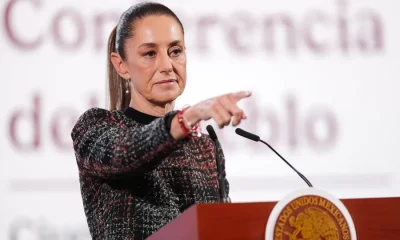
 International5 days ago
International5 days agoMexico refuses to restore ties with Ecuador while Noboa remains in office
-

 International2 days ago
International2 days agoThousands rally nationwide against Trump’s threat to U.S. democracy
-

 Central America21 hours ago
Central America21 hours agoSenator Van Hollen Meets with Deported MS-13 Member in El Salvador; Trump and Bukele React
-

 International21 hours ago
International21 hours agoPope Francis Appears for Easter Blessing, Calls for Peace and Religious Freedom















